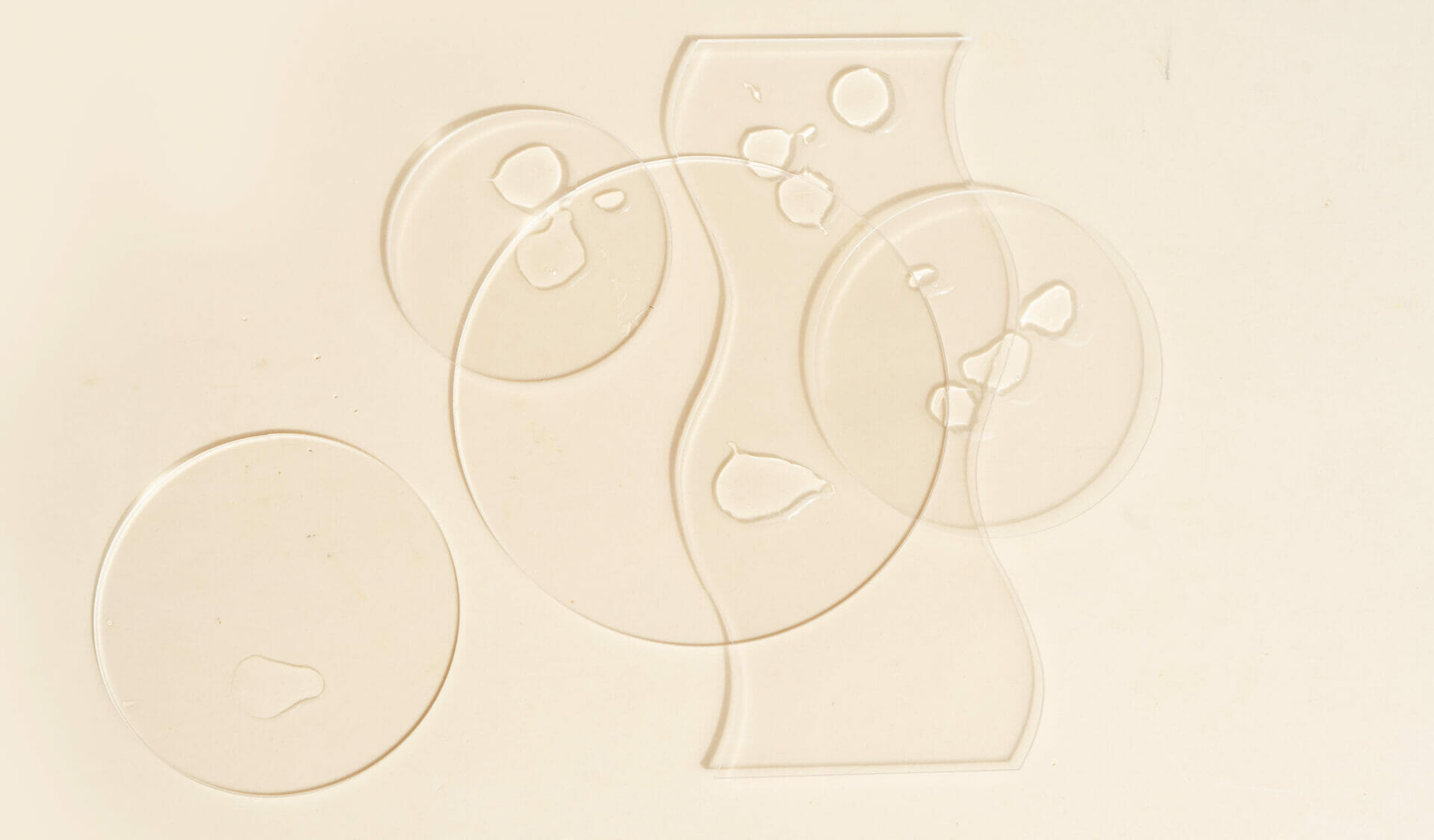Paraffin wax, C25H52, is mostly found as a white, odorless, tasteless, waxy solid, with a typical melting point between about 47 °C and 64 °C ( 117°F to 147°F), and having a density of around 0.9 g/cm3. It is insoluble in water, but soluble in ether, benzene, and certain esters. Paraffin is unaffected by most common chemical reagents, but burns readily.
Pure paraffin wax is an excellent electrical insulator, with an electrical resistivity of between 1013 and 1017 ohm metre. This is better than nearly all other materials except some plastics (notably teflon). It is an effective neutron moderator and was used in 1932 experiments to identify the neutron.
Paraffin is used in candle-making, as coatings for waxed paper or cloth. It is used as an anti-caking agent, a friction-reducer, a bullet lubricant, in crayons and ink, and (although it is comedogenic) a moistureizer in cosmetics and toiletries.
Food-grade paraffin is used in candy-making, as a coating for many kinds of hard cheese, as a sealant for jars, cans, and bottles, and as a chewing gum additive.

